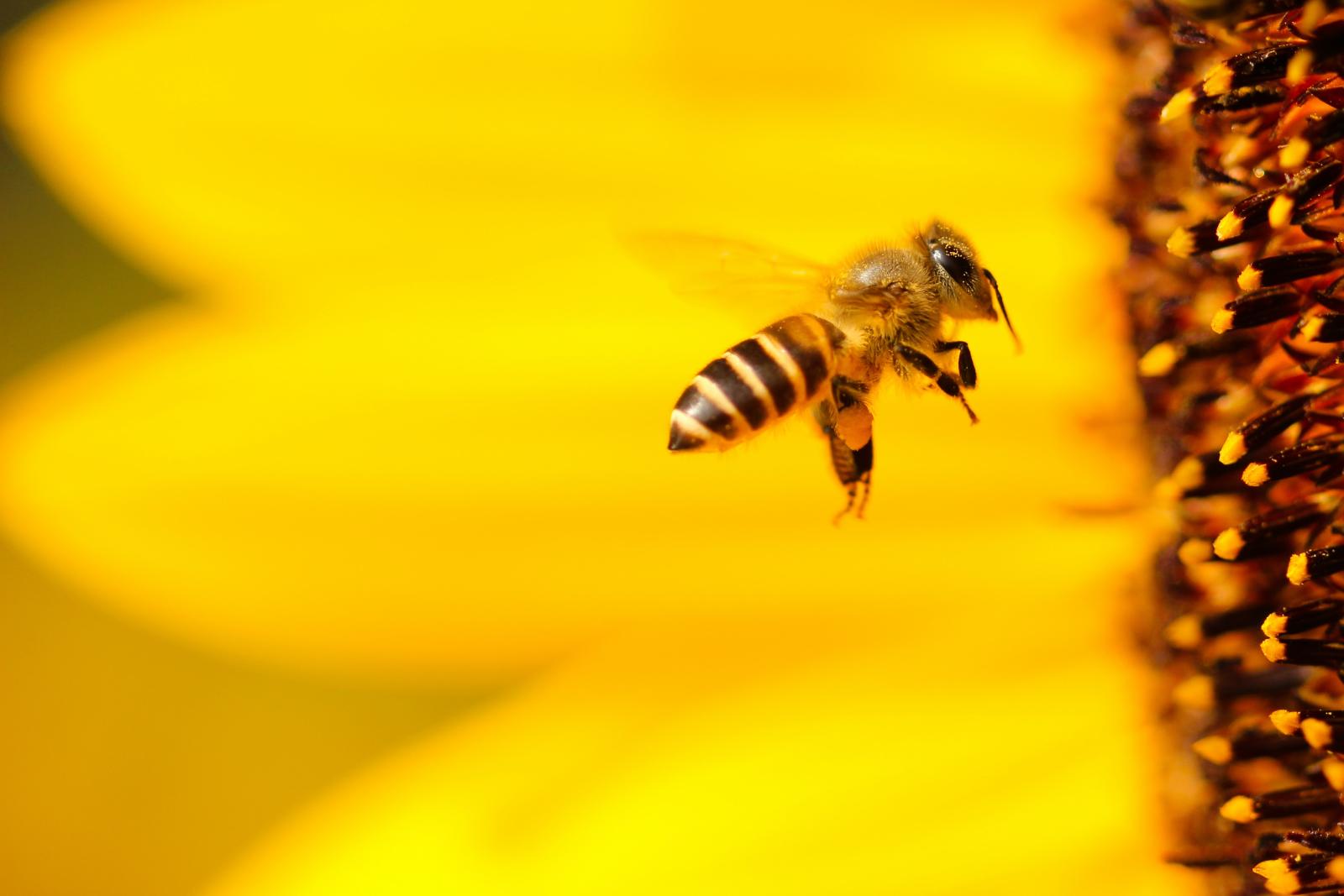The Italian CNR - the National Research Council - will be turning 90 next November. Its President, Luigi Nicolais (a chemical engineer, also member of Gruppo 2003), last September 30 celebrated the birthday of our most important public research body at its head office in Rome with an essential, but significant, ceremony. The “birthday party”, in fact, consisted in the presentation of two works of “public communication of science” for the general audience. “It is my intention – stated Nicolais – to renew the CNR institutional principles, opening its various subdivisions as much as possible to society”. In the first communication work presented in Rome - a divulgation book with several pictures, some unreleased, about the CNR’s history, entitled Consiglio Nazionale delle Ricerche. L’impresa scientifica 1923-2013 – the inspiring principles of the origins clearly emerge, i.e. mostly Vito Volterra’s thinking. The great mathematician, “politician of science” and also theorist of the dissemination of scientific culture, firmly believed in research as a lever for the nation renaissance.
The National Research Council was established, then, for exploring the social dimension of science, acknowledging its strategic value and assuming that it could (should) become the instrument for the country’s “redemption”, for bringing Italy back among the most advanced countries. The book – by Gennaro Ferrara, edited by Giusette Festinese and Giovanni Paoloni with the scientific responsibility of Raffaella Simili – shows in words and pictures how the CNR pursued this objective taking advantages of some original characters. First of all: internationality and interdisciplinarity. The CNR was established, in fact, as the Italian member of the International Research Council, whose vice president was Volterra.
Well, both aims and instruments are still up-to-date, probably now more than ever. Research represents an option (possibly the only one) for releasing our country and changing the decline path we embraced 30 years ago or maybe earlier. Internationality and interdisciplinarity – i.e. the close connection with the world scientific community and, at the same time, the flexibility in facing emerging problems overthrowing the often too rigid barriers among disciplines - are essential cultural instruments the Italian scientific and technological system should utilize to foster social and economic development.
It is not by accident that within the CNR – actually only in the CNR – the last 90 years have witnessed the establishment of new research organizations: from the National Institute of Nuclear Physics (INFN) to the National Committee for Atomic Energy (ENEA); from the National Institute of Geophysics to the National Institute for Nutrition up to the Italian Space Agency. And, talking about internationality, the CNR played a major role in the establishment of CERN, the big lab for high-energy physics in Geneve, and ESA, the European Space Agency in Paris. The future trail for CNR is already traced, then: once again, internationality and interdisciplinarity for high-level research and new ideas, always keeping the window open for society. Why, if the CNR did not exist yet, it should be invented. Perhaps returning its role of national research coordinator (actually a real agency) that Vito Volterra wished for.
The other communication work presented as birthday celebration was the exhibition ri-scattiamo la scienza, meaning in Italian not just “redeeming science” but also shooting pictures that return images of science and researchers’ lives. Many researchers welcomed enthusiastically the CNR invitation. And the best snapshots (eight plus one) have been awarded. All the pictures were included in the exhibition RiScattiamo la Scienza and in its catalogue.
Both in the CNR’s history book and in the exhibition, images are absolute protagonists. But images are a communication tool which is co-essential for science, up-to-date now more than ever. “Digital natives”, but also many “digital immigrants”, acquire information or even think by images. The second message from the CNR birthday party, then, is as clear as the first one: in the knowledge society, not just science by itself, by also scientific public communication has a strategic value. This might not be the best period, but it is time that the whole country, 90 years later Vito Volterra’s intuition, realizes it.
The awarded pictures of the contest RisCatta la Scienza
(source: riscattiamolascienza.cnr.it)


